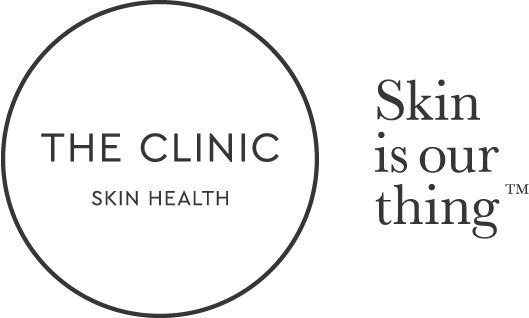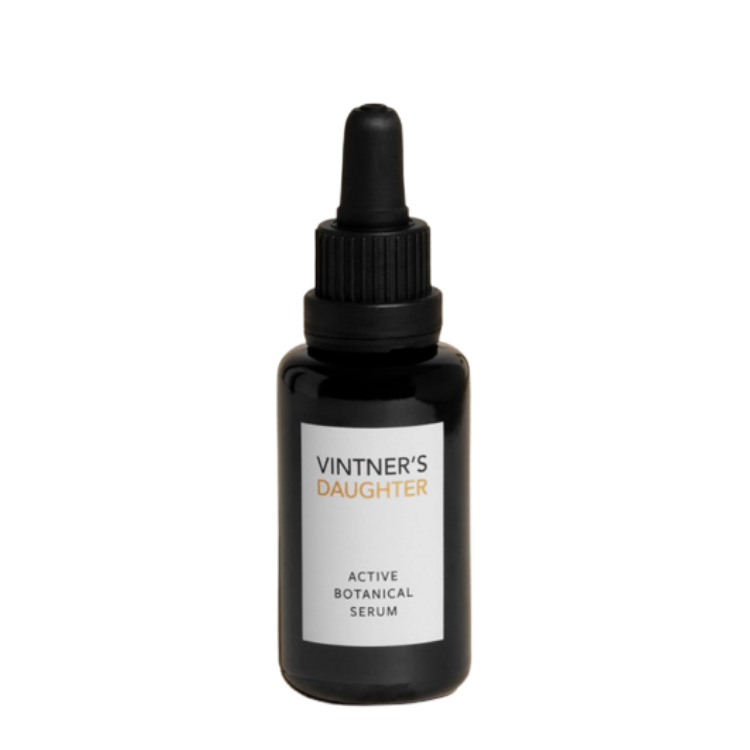What does ‘clean beauty’ really mean?
Let’s talk about clean beauty!
The current skincare and beauty market is awash with the related claims in packaging and marketing – and plenty of misinformation about what they mean (or don’t) - along with other terms like “green” and “natural”.
Maybe your stance on this subject is that products using traditional preservatives or other “chemical” ingredients should be considered completely safe based on historic use and data. Conversely, maybe you believe that the formulas we apply topically should be 100% organic or free of anything synthetic. More likely, you fall somewhere in the middle – seeking safe and natural options without compromising on clinical results and effectiveness.
No matter where stand, it’s important to understand the cosmetic labelling and marketing standards surrounding clean beauty claims so that you can reliably inform yourself and make choices that best suit your skin.
Organic vs. Chemical: The Scientific Reality
Not all chemicals are created equal; plus, every ingredient (natural or synthetic) is made up of chemicals. They are even part of human biology!
Therefore, organic compounds are chemical compounds. Without chemical compounds, humans and the world we live in would not exist. Of course, not all chemicals (organic and otherwise) are healthy - some are good for us and some aren’t. The tricky thing is, when it comes to skincare, our beliefs, skin type and possible reactions will make what’s “good for us” unique to every person. That is where our one-on-one bespoke consultations + skin analysis come in to ensure we specially tailor your skin needs to products and treatments that will be right for your unique complexion.
Here’s a few examples to help illustrate how confusing these misconceptions can be…
The active ingredients in physical sunscreen, commonly zinc oxide and titanium dioxide, are considered inorganic mineral compounds because they are non-carbon based — though they are naturally occurring. On the other hand, Avobenzone, a common chemical UV absorption ingredient found in sunscreens, is composed of organic (carbon-based) compounds.
Additionally, synthetic doesn’t mean inorganic. In fact, most lab-synthesized ingredients are designed to be bioidentical to the original plant or animal compound.
Breaking down “Natural” and “Organic”
Natural:
“Natural” is often used interchangeably with “clean” in beauty labelling, and it is often meant to convey that the ingredients used are plant-based or derived from nature — often interpreted as free of “harmful” or “toxic” chemicals and ingredients.
It’s important to note that an ingredient source does not determine its safety. There are plenty of naturally sourced ingredients that are unsafe for skin and others that are not a good fit for certain skin types. For example, people with sensitized skin often struggle to use pure, cold-pressed plant-based ingredients because their lack of lab manipulation doesn’t provide a proper delivery system. This can mean that the minerals, vitamins, and enzymes present in these ingredients cause irritation to their compromised complexion. Similarly, essential oils are naturally derived from plant sources, yet can be highly irritating when applied topically and not properly diluted.
There is currently no regulation determining what ingredients are considered “natural” — it is determined by the manufacturer.
Organic:
When a product is labelled “organic”, the assumption is often that the ingredients were sourced where growing and harvesting practices complied with the governing body’s organic standards. But here’s the catch – these standards are different from country to country, and even within the same country.
This mean that a brand can easily and legally position their product as organic with very loose justifications. For example, a brand may label their product as “Organic Squalene Face Oil” while only the Squalene, not the other 25 ingredients, is organically sourced.
Is Clean Beauty better?
Not necessarily. Naturally derived and synthetic ingredients both be beneficial or harmful, depending on what they are and how they're formulated. And there can even be drawbacks to cleaner formulas in terms of performance, skin reactions and lack of manipulation hasn’t provided a proper delivery system to the skin. “Natural” doesn’t always mean healthier - some natural substances can be harmful to the skin.
Ultimately, our role at The Clinic Skin Health is to provide you the most current information based on what is most effective and ensures you have beautiful healthy skin.
This is why we lead with ingredient knowledge and follow that up with brand-specific research, data and effectiveness — from industry leaders like Biologique Recherche.
Our beauty buzzword cheat sheet:
-
What it implies:
A product is made with ingredients sourced from nature — be they plant, mineral or animal — that are minimally modified.
Our take:
Few ingredients are used as-is from nature. “Natural” doesn’t always mean healthier: Some natural substances can be harmful.
-
The product’s ingredients and formula are produced without harmful pesticides. This is the only regulated term in the “clean” beauty space, however, it’s important to note that these standards are different from country to country, and even within the same country. Manufacturers can also use this as broad term if only one ingredient is actually organic- so best to do your research and discuss with a trusted professional.
-
Natural ingredients in a product have undergone some processing. When you see this term or a similar one like “natural origin” or “made with natural ingredients,” look for a qualifier that indicates what percentage of ingredients it applies to.
-
A product doesn’t contain harmful chemicals like formaldehyde, toluene, and lead. Do remember that not all chemicals are created equal; plus, every ingredient (natural or synthetic) is made up of chemicals.
-
A product is not harmful to humans. Such a wide-ranging term is meaningless unless it refers to a specific ingredient. Almost anything, even drinking water, can be harmful in large quantities.











